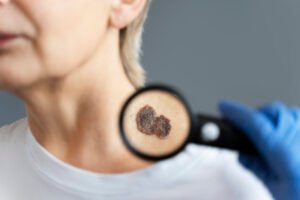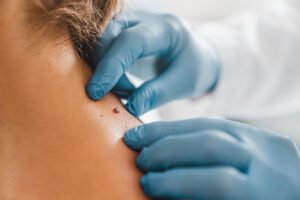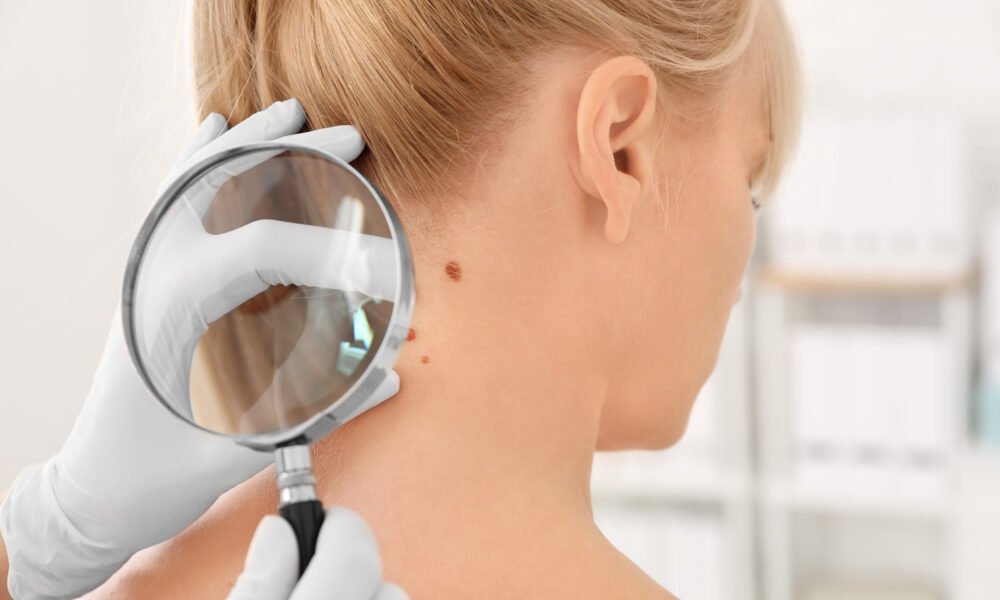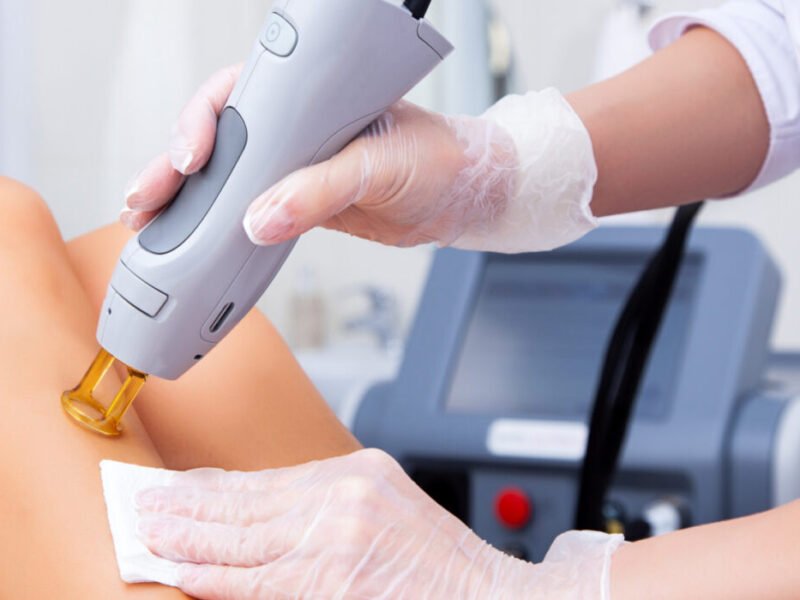The skin is the largest organ of our body, and it’s natural for various types of growths to appear on it from time to time, such as bumps, papules, or changes in pigmentation. While most of these are benign and don’t require treatment, in some cases it is advisable to see a specialist for proper diagnosis and, if necessary, removal.
In this blog, we’ll cover the most common types of skin growths that people frequently encounter.
Actinic Keratosis
Actinic keratosis develops due to prolonged exposure to the sun’s ultraviolet rays. It often appears on areas frequently exposed to sunlight such as the face, ears, hands, or scalp. Although it is usually benign, it has the potential to turn into skin cancer, so treatment is important.
Cherry Angioma
These are small, red growths on the skin caused by clusters of tiny blood vessels. They are harmless but can be a cosmetic concern for some. They can be removed using laser treatments.
Epidermoid Cyst
This is one of the most common types of skin cysts. It usually appears as a round, firm bump beneath the skin and may contain a white or yellow substance. These cysts are commonly found on the face, back, or limbs. If inflamed or infected, they may need to be surgically removed.

Seborrheic Keratosis
A very common skin growth that can resemble skin cancer in appearance. Though harmless, it can be removed if it becomes painful, inflamed, or begins to grow. Removal is usually done through cutting or laser treatment.
Milia (Oil Seeds)
These are small, hard, white or yellow bumps that typically appear around the eyelids, cheeks, or forehead. They form when keratin becomes trapped under the surface of the skin. Removal is done through professional extraction.
Nevus (Mole)
These are benign moles that can be flat, raised, or have hair growing from them. Certain types, especially large or changing moles, should be monitored and possibly removed based on a doctor’s recommendation.

Lipoma
A soft, movable fatty lump under the skin, often found on the neck, back, or limbs. Lipomas are generally harmless, but if they grow larger or cause discomfort, they can be removed surgically.
Pyogenic Granuloma
A rapidly growing, red, bleeding growth that often appears after a skin injury or hormonal changes (such as during pregnancy). Treatment involves cauterization or surgical removal.
Why Choose Da Vinci Clinic
The experienced dermatologists at Da Vinci Clinic use modern techniques to accurately diagnose and treat skin growths. Thanks to minimally invasive procedures and professional expertise, you can receive both effective treatment and satisfying aesthetic results.
If you notice any new growth or changes on your skin, don’t delay. Book a consultation with us today.



